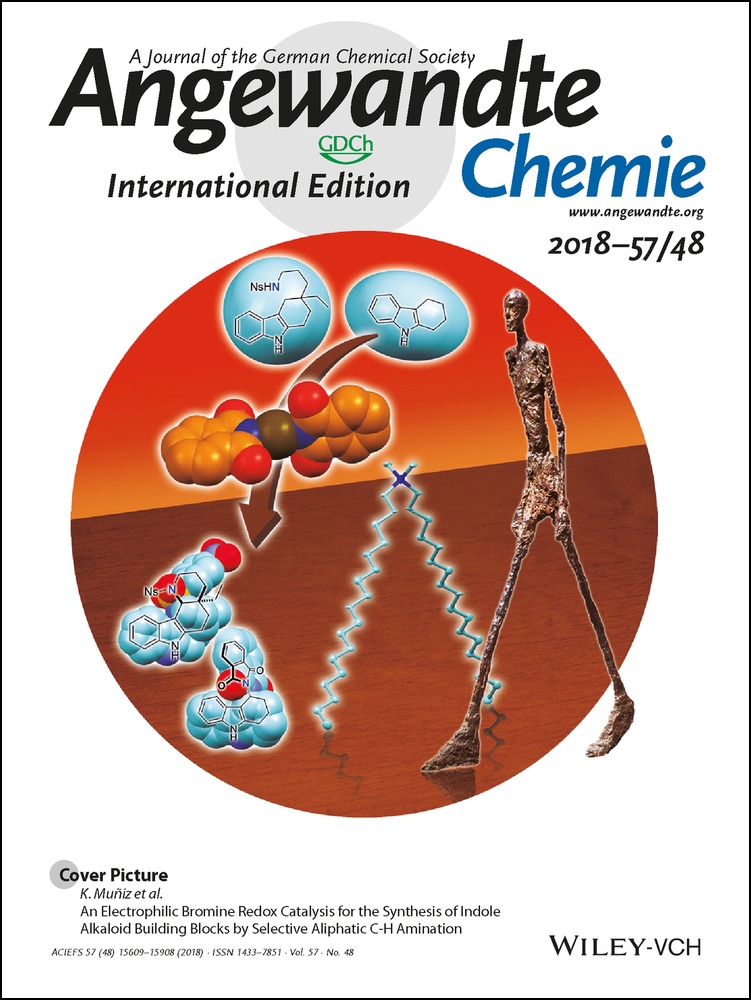Red-Shifted Fluorogenic Substrate for Detection of lacZ-Positive Cells in Living Tissue with Single-Cell Resolution
Graphical Abstract
SPiDER and the fly: A new fluorogenic β-galactosidase substrate, SPiDER-Red-βGal, based on a silicon rhodol scaffold and a carboxylic group as the intramolecular nucleophile, exhibited simultaneous activation of red fluorescence and labeling ability for intracellular proteins via a quinone methide intermediate. The probe can label lacZ-positive cells at single-cell resolution in vivo with perfect orthogonality to green fluorescent protein (GFP) markers.
Abstract
The Escherichia coli lacZ gene encoding β-galactosidase is a widely used reporter, but few synthetic substrates are available for detecting its activity with single-cell resolution in living samples. Our recently reported fluorogenic substrate SPiDER-βGal is suitable for this purpose, but its hydrolysis product shows green fluorescence emission, and a red-shifted analogue is therefore required for use in combination with green fluorescent protein (GFP) markers. Herein, we describe the development of a red-shifted fluorogenic substrate for β-galactosidase, SPiDER-Red-βGal, based on a silicon rhodol scaffold and a carboxylic group as the intramolecular nucleophile. LacZ-positive cells were successfully labeled with SPiDER-Red-βGal at single-cell resolution in living samples, which enabled us to visualize different cell types in combination with GFP markers.





